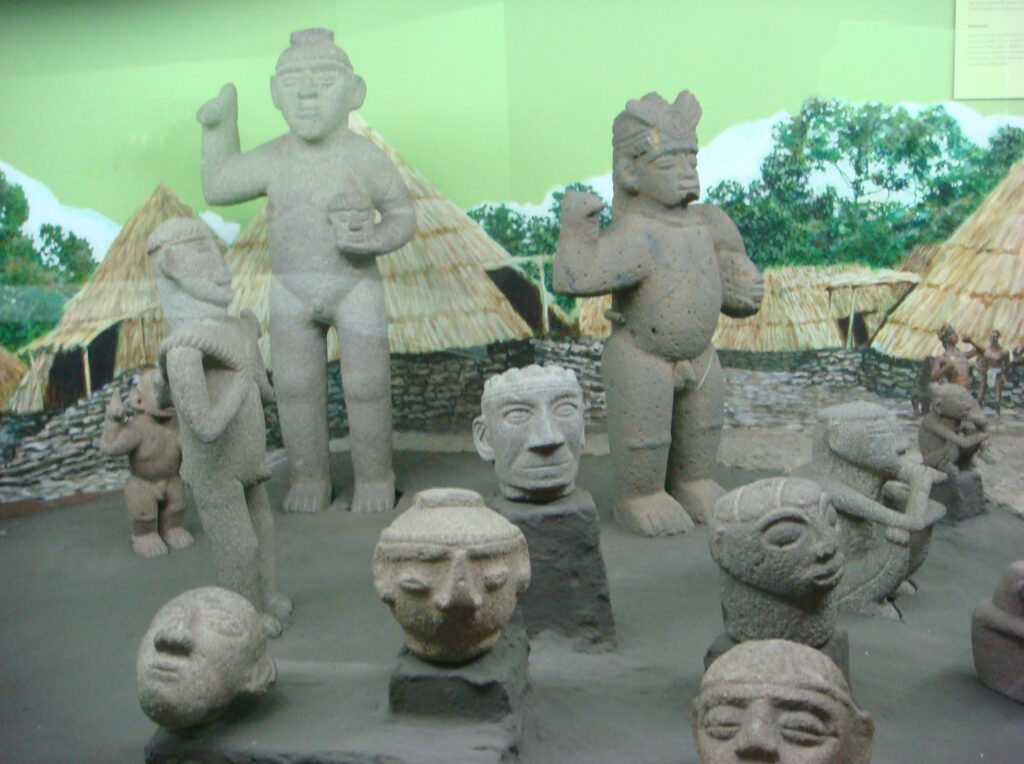
The Spanish conquest of Guatemala began in February 1524, when conquistador Pedro de Alvarado led an army of Spaniards and Mexicans into the highlands and met a K’iche’ (Mayan) army at what today is Quetzaltenango. However, it was European diseases, not the military, that decimated Guatemala’s Native population. The story of the plagues was recorded by Guatemala’s Maya-Kaqchikel people: “…half of the people ran away from the towns. Dogs and vultures devoured the bodies… That is how we became orphans, oh, my children!”
The Captaincy General of Guatemala was the administrative center of the Spanish colonies comprising Central America. As such, it is the home of El Archivo General de Centro América, consisting of the official records of matters legislative, judicial, fiscal, religious and military, for the entire colonial area (through 1821). Fifteen years ago I became the publisher of microfilms of the archives. As a result, each of the former colonies now has microfilms of the records pertaining to their colonial period.
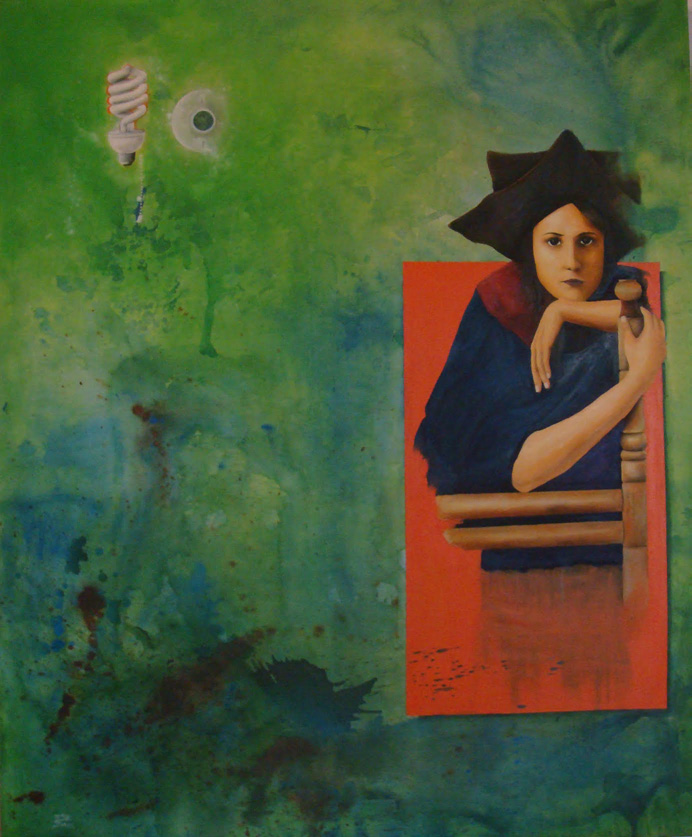
My work took me to all of the former colonies except Nicaragua, and to wonderful local museums. Sadly, in all these museums I was often the only visitor.
In Guatemala City I found the small Museo Popol Vuh, which is known for its extensive collection of pre-Columbian and colonial art. The collection includes ceramic funerary art, as well as a variety of stone sculptures, plus some of the best preserved Mayan vases and bowls not taken to foreign museums and private collections. (In the 1970s I visited the home in Paris of the owner of a microfilm lab who showed me his personal collection of pre-Columbian art in museum vitrines in his living room. I presume there are many such private collections around the world not open to the public.)
The Museo Nacional de Arqueología y Etnología is dedicated to the conservation of archaeological and ethnological artifacts and to research into Guatemala’s history and cultural heritage. The museum has some 25,000 artifacts. To me, most of the artifacts exhibited in both these museums are works of art, as is true, I think, in all similar museums. Since prehistoric times human beings clearly have succeeded not only in creating useful implements, such as storage bowls and sarcophagi, but also in decorating them with great skill and artistic mien. Directly opposite the archaeological museum is the Museo Nacional de Arte Moderno “Carlos Mérida.” The small but extraordinary collection includes paintings and sculptures and a reworked military tank-like structure to protest war.
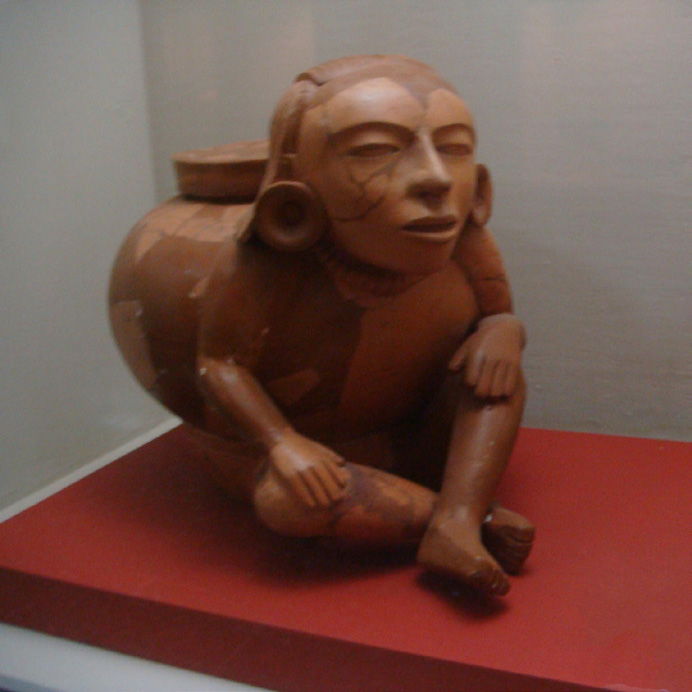
The Museo Nacional de Costa Rica was created in 1887. Inside
its several buildings in the heart of the city I found displays from pre-Columbian times to the present, including rooms from people’s homes with contemporary furniture, telephones and typewriters, mostly dating from the 1950s. Artifacts in its pre-Columbian rooms reveal the lifestyle of ancient cultures from 12,000 BC up to the Spanish conquest.
The dating of archaeological finds in the Western Hemisphere has long been somewhat controversial. Clovis points are prehistoric man-made tools that were unearthed in New Mexico in the 1930s and were originally estimated to be about 10,000 years old. Anthropologists and their brethren subsequently argued that the estimated time of the arrival of the indigenous peoples of North and South America mostly took place about 10-12,000 years ago.
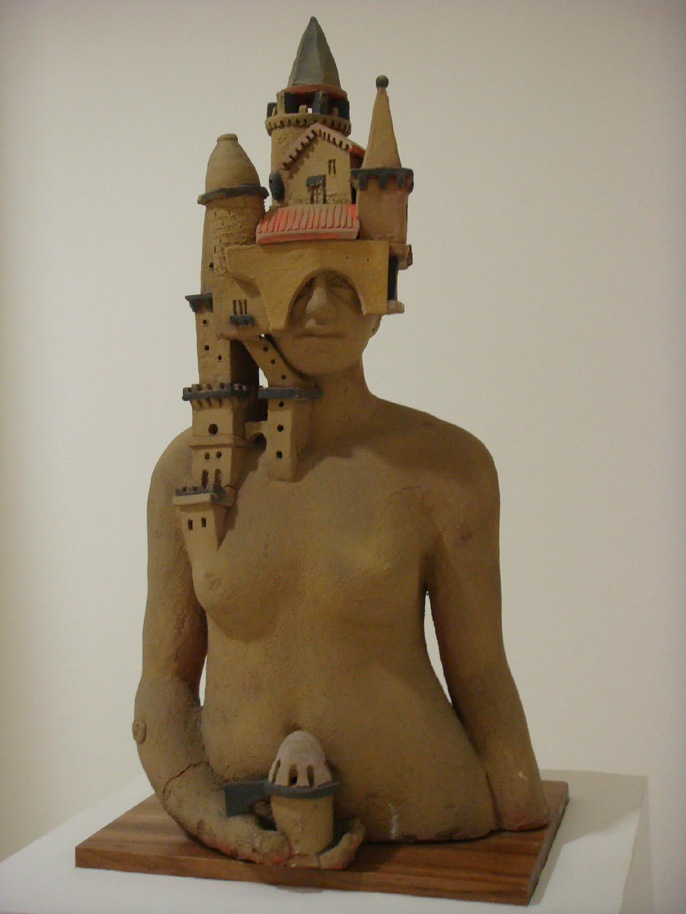
Dating pre-Columbian artifacts found 4,500 miles south of Clovis to 12,000 BC represents a different opinion. Vine Deloria, Jr., one of the leading Native American authors of the 20th century, argued for a much earlier date. He told me that Sioux oral traditions tell of the arrival of the most recent ice age roughly 25,000 years ago. But few non-Native scholars have given that much credence. Yet human footprints dated to 23,000 years ago have recently been unearthed in White Sands National Park in New Mexico. Thus we can accept Costa Rica’s estimate of 14,000-year-old artifacts as reasonable.

I visited the Palacio Nacional de El Salvador in San Salvador, opposite the Metropolitan Cathedral, the National Library and the National Theater. Built around 1910, it formerly was the seat of government, but now houses a simple museum, at the entrance to which (in 2009) I found a statue of Queen Isabella, largely responsible for the invasion of the country and the destruction of its indigenous culture, which apparently has since been removed. The museum presents itself as being primarily for the education of Salvadorans, young and old, but was pleasant to walk through.
At the Museo Nacional de Antropología I met with the director, who kindly provided me with an English-speaking guide. It was not as impressive as its sister in Guatemala, but the ancient artifacts in these Central American museums are quite similar, coming mostly from Mayan tribes, just as the Mayan pyramids in Copán, Tikal, Lamanai, and Chichen Itza share similar features. But each, of course, has unique pieces. However, in the Museo de Arte de El Salvador, a short walk from my hotel on the edge of the city, many of the modern works were extraordinary. I especially enjoyed a sculpture inspired by Matisse’s famous work Dance in The Hermitage. (There’s a similar Matisse in MOMA.)
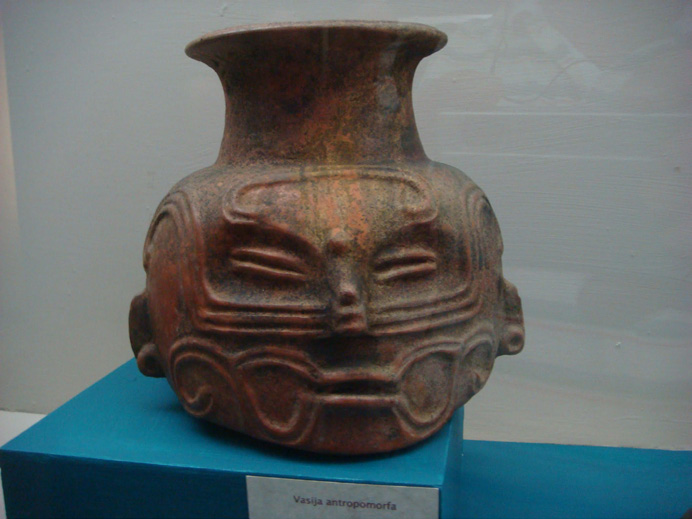
Among my visits, the Museo para la Identidad Nacional in Tegucigalpa was the least impressive. Dedicated to the history of Honduras and its people, it is a museum with limited resources in a poor country. However, it presents itself as a mirror of the peoples living in these lands since ancient times, and was worth a visit. At the nearby center for historical studies I was invited to a walking tour of the city, where I also found ancient artifacts, beautiful parks, and of course an impressive cathedral, as in every city I visited. G&S
Photos by Norman A. Ross

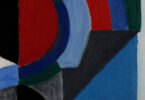
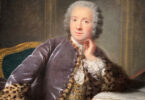
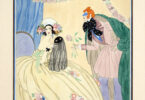
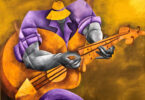
Thank you for the article.